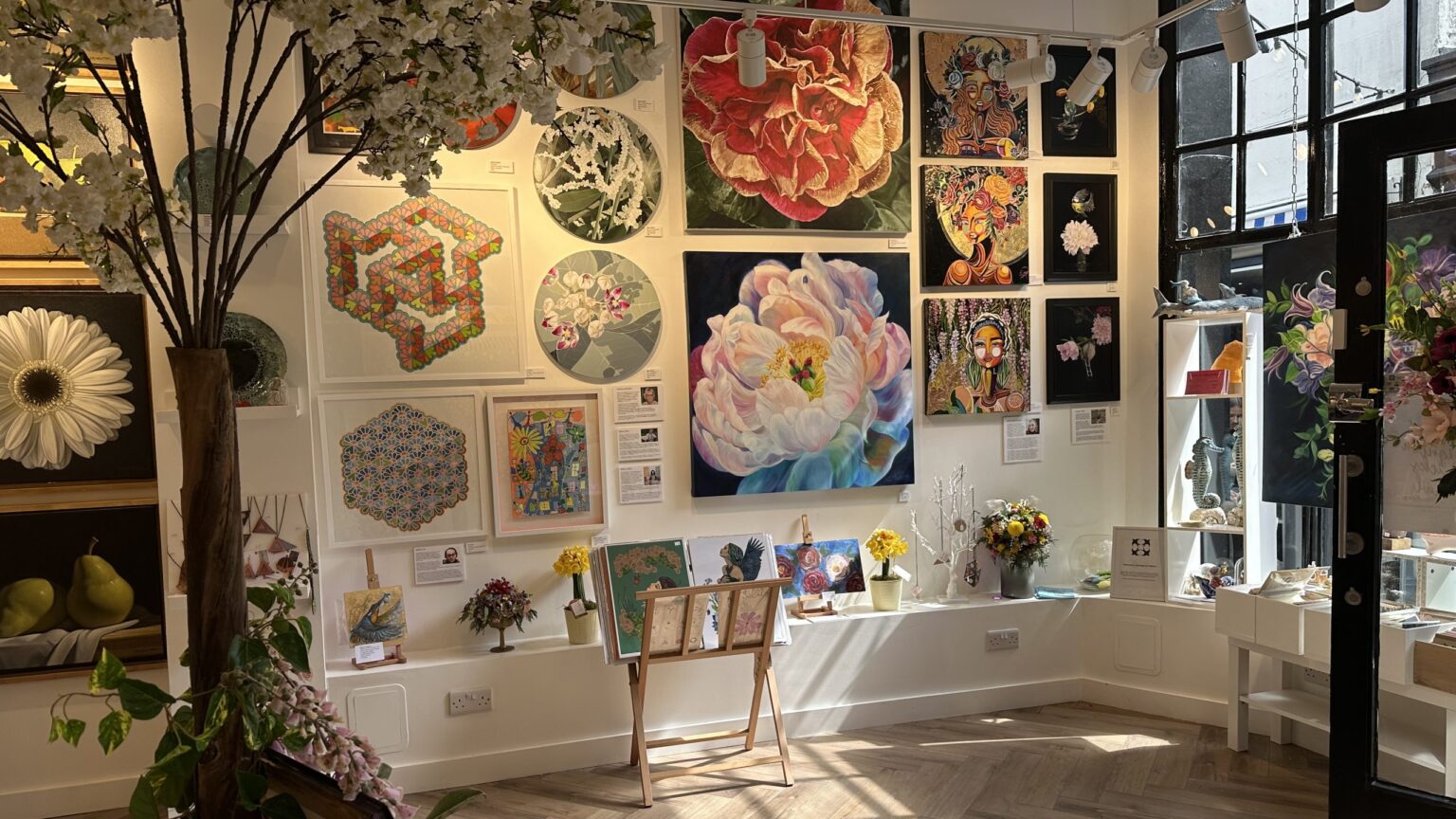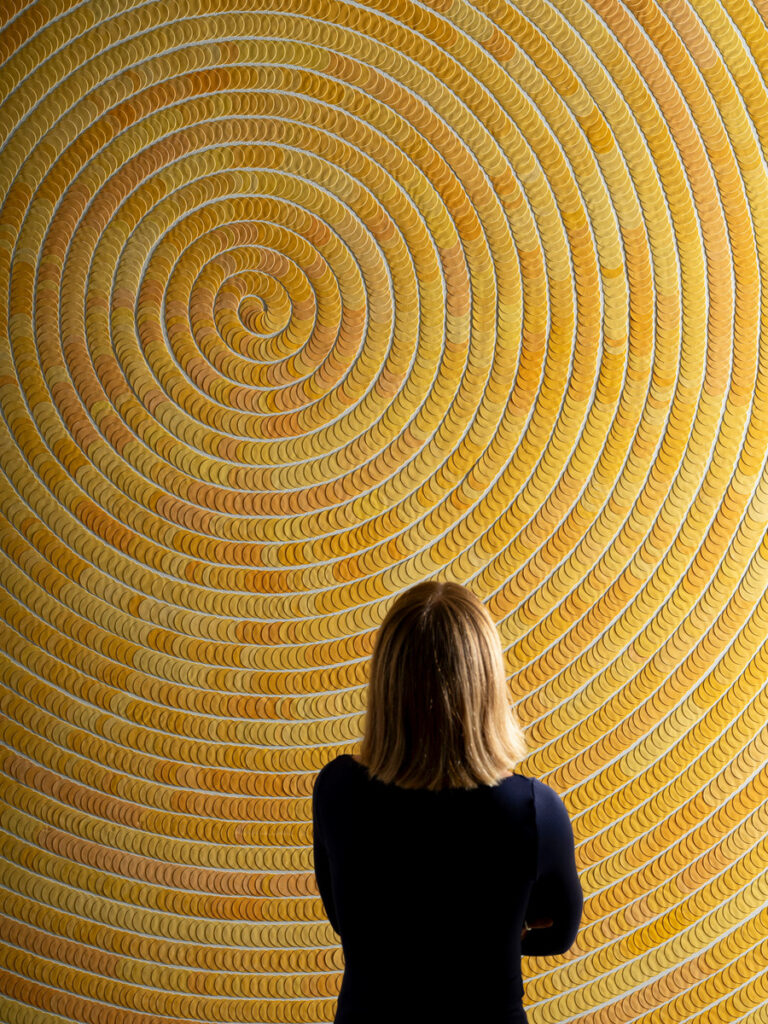Enjoy this article?
Most Museums Journal content is only available to members. Join the MA to get full access to the latest thinking and trends from across the sector, case studies and best practice advice.

This year marks two decades since the launch of the Own Art loan scheme, a national initiative that aims to reduce the financial barriers and perceptions of elitism associated with buying original art. The scheme, which partners with more than 300 museums, galleries and arts organisations across the UK to support sales of contemporary art and craft, has just announced its expansion into Wales.
Museums Journal caught up with Mary-Alice Stack to hear how it has changed people's attitudes to owning original art.
Own Art is a pioneering initiative that aims to make it easier for anyone to buy original art and crafts while supporting artists, galleries, and makers across the UK.
First launched in 2004 by Arts Council England, the scheme offers interest-free loans for purchasing artwork, helping to make the world of contemporary art more accessible to all.
Working with a network of over 300 galleries, art fairs and artist-led organisations across the UK, Own Art reduces the financial barrier to buying works of art by allowing customers to spread the cost of their purchase over 10 months.
The scheme is designed to stimulate the market for contemporary art and craft by making it more accessible and inclusive, thereby generating increased sales and supporting the livelihoods of artists and craft-makers.
Own Art is operated by Creative United in partnership with Novuna Consumer Finance, with the support of funding from Arts Council England, Creative Scotland, Arts Council of Northern Ireland and the Arts Council of Wales.
The scheme has recently celebrated its 20th anniversary with the news that it is expanding into Wales, becoming UK-wide for the first time.
Since its inception, the Own Art scheme has facilitated over 80,000 loans, helping more than 50,000 art buyers across the UK to acquire works from both emerging and established artists. With over £79m generated for the UK’s visual arts sector, the initiative has played a key role in widening access to the arts through its nationwide gallery and art organisation networks.
Surveys conducted by Novuna reveal that the scheme has had a significant impact on art purchasing behaviour, with 91% of users planning to buy more art as a result of their experience, and 69% stating they would not have made their purchase without the availability of the scheme.
Museums and galleries can join the Own Art network, allowing them to offer customers interest-free loans for purchasing original works of art and craft through their shops. Institutions such as Yorkshire Sculpture Park, the Royal Academy of Arts, the National Galleries of Scotland, and Turner Contemporary are all among the scheme's members.
This initiative has proven important for museum shops, boosting art sales and providing an additional income stream for these institutions. It also provides these institutions with the opportunity to raise public awareness of the role of museums and galleries in supporting and championing living artists, not only through curated exhibitions and collections but also through the sale of their work.

The scheme replaces the successful Collectorplan scheme that previously existed in Wales, which offered similar interest free loans facilitated directly by the Arts Council of Wales. Galleries of all sizes in Wales will now have access to the wider Own Art audience of art buyers, broadening their customer base. As Own Art members, galleries will now receive free marketing support and benefit from the expertise and industry knowledge of Creative United and our long-standing partnership with Novuna Consumer Finance.
By facilitating sales and encouraging the buying of original art, Own Art supports the income of artists and helps their work to reach a wider audience. Additionally, Own Art works with a number of artist-led spaces and community-led arts organisations, who are able to support their work through art sales and to benefit from marketing through Own Art’s channels.
The scheme includes organisations such as London’s Other Art Fair, the largest artist-led art fair in the world, and galleries such as the Royal Birmingham Society of Artists and Moy McKay Gallery in Peebles which provide an opportunity for artists to represent their own work. Own Art is also available at organisations who platform communities at risk of being marginalised - such as Liberation Art Gallery in Brighton, which works with artists specialising in therapeutic art; and Outside In, which offers a platform for artists encountering barriers to the art world due to health, disability or social circumstance.
Public engagement with the idea of buying and collecting original works of art has definitely changed over the past 20 years. In particular, we’ve seen the increasing dominance of art fairs as an important sales and marketing opportunity for publicly funded museums and galleries as well as commercial enterprises.
Consumer attitudes to buying goods and services on credit has also changed; where previously there was some resistance to the idea, buying on credit has now been completely normalised for the majority of customers as an option for buying everything from fashion and mobile phones to double glazing and dentistry.
As a result, the art market too is now more open and accessible for a wider and more diverse community of first-time buyers and collectors of art and craft.
Most Museums Journal content is only available to members. Join the MA to get full access to the latest thinking and trends from across the sector, case studies and best practice advice.